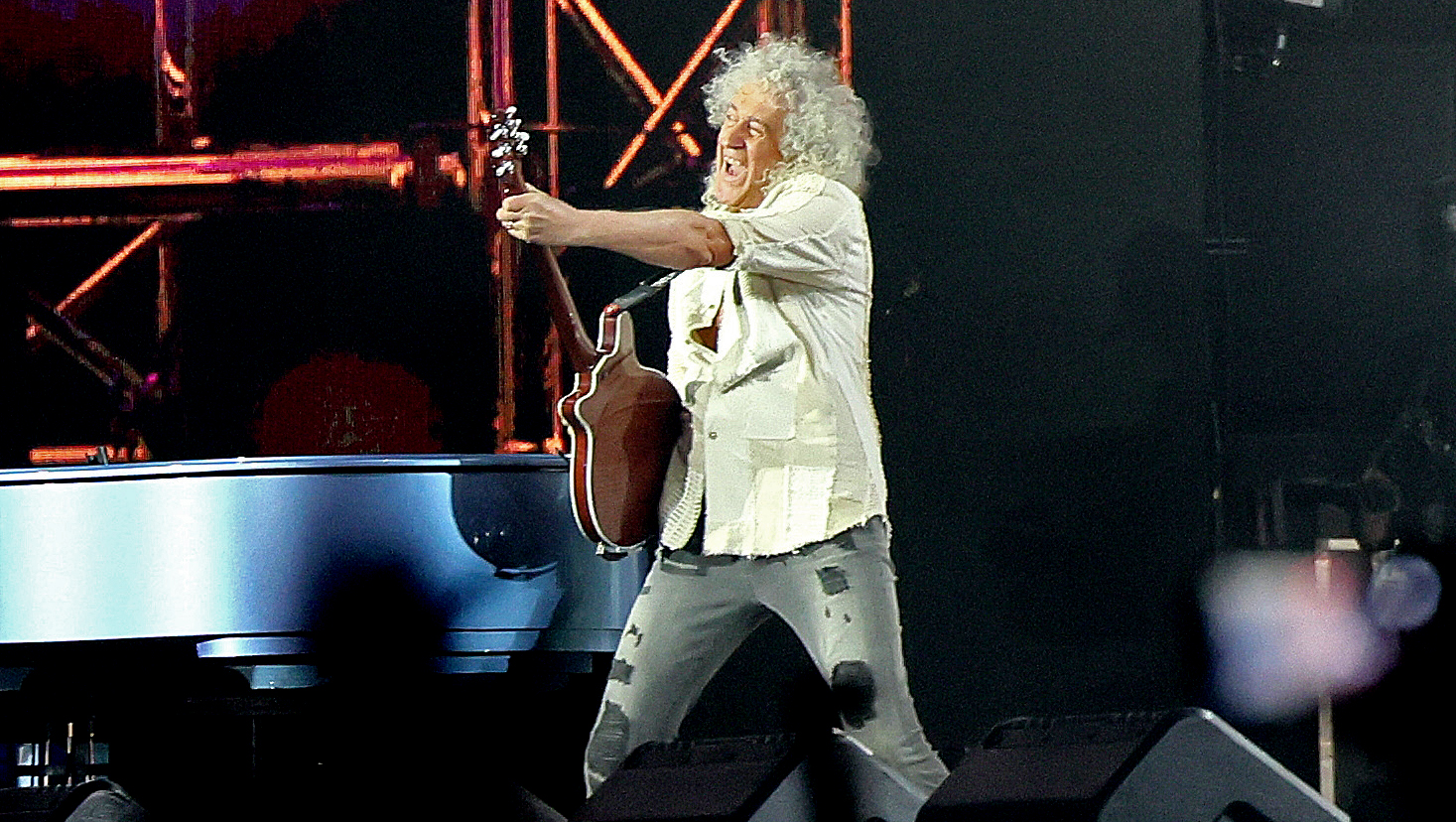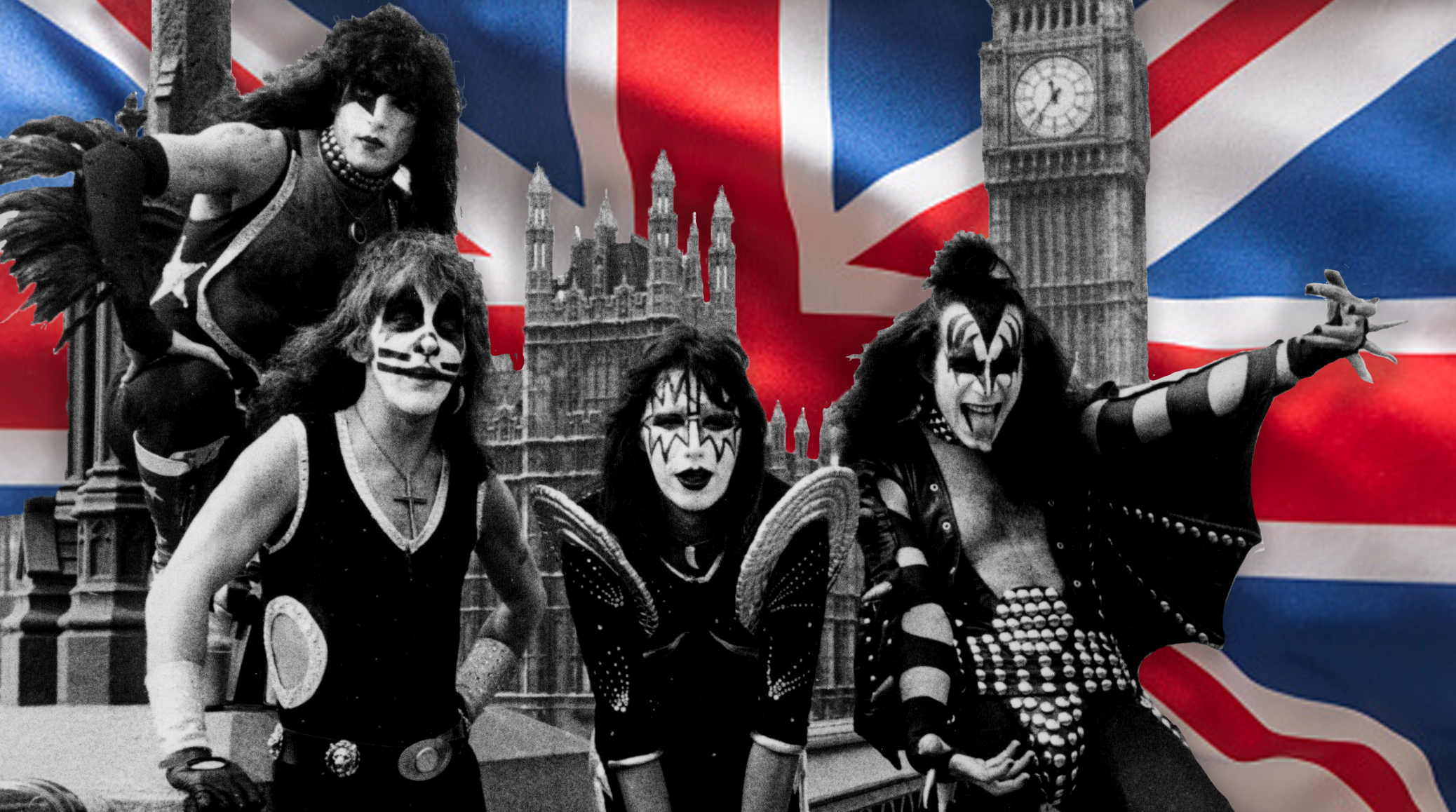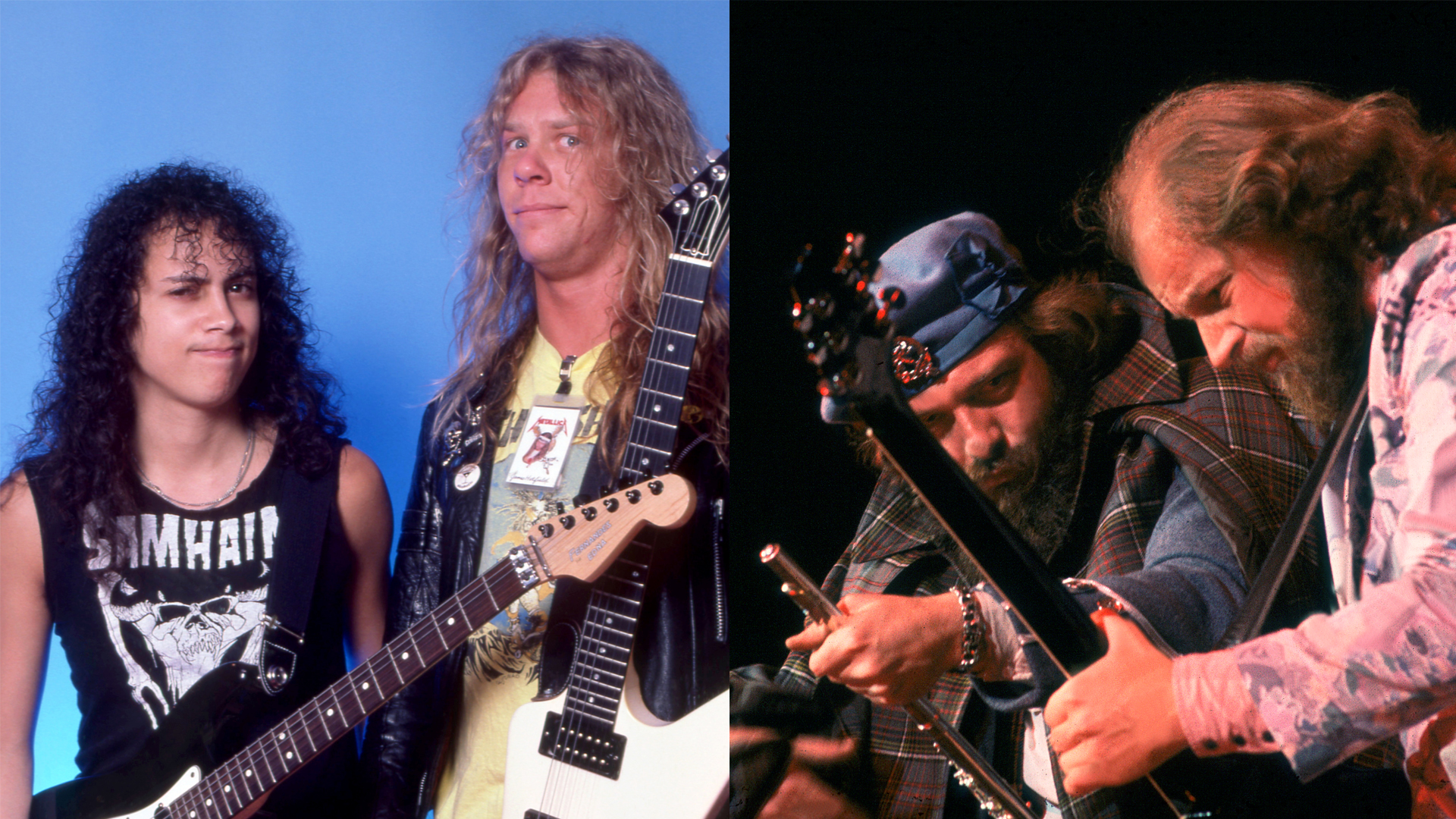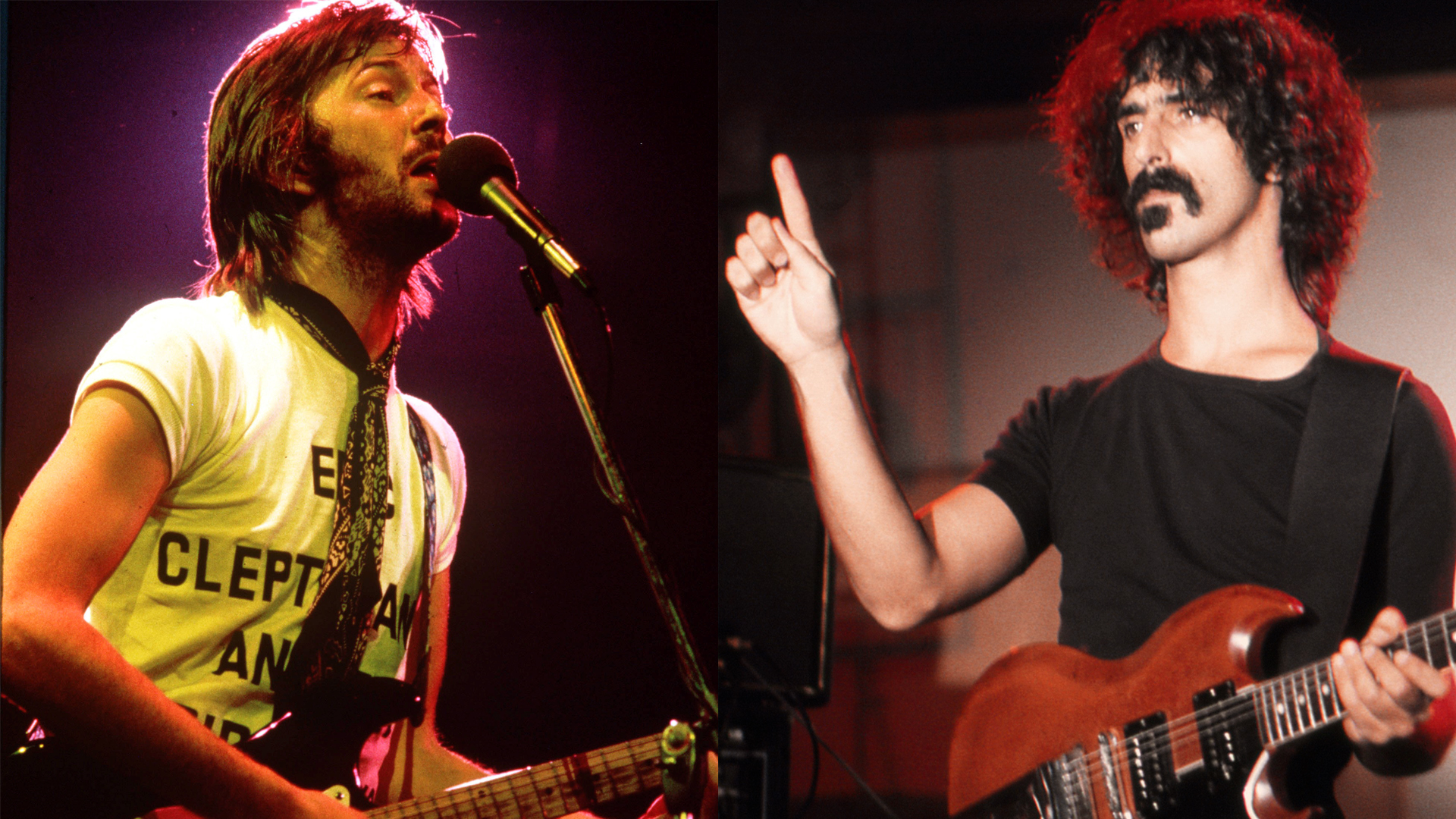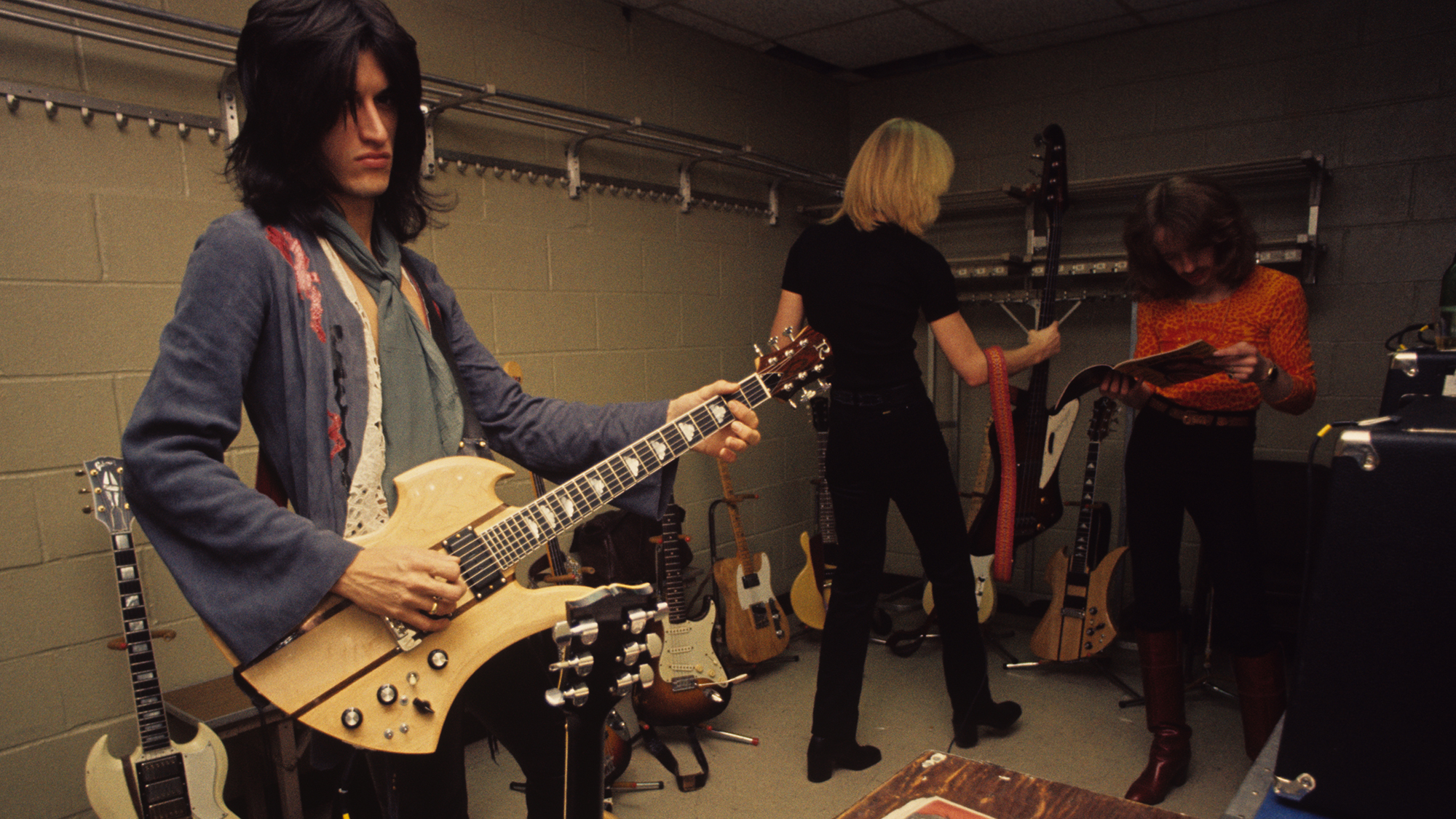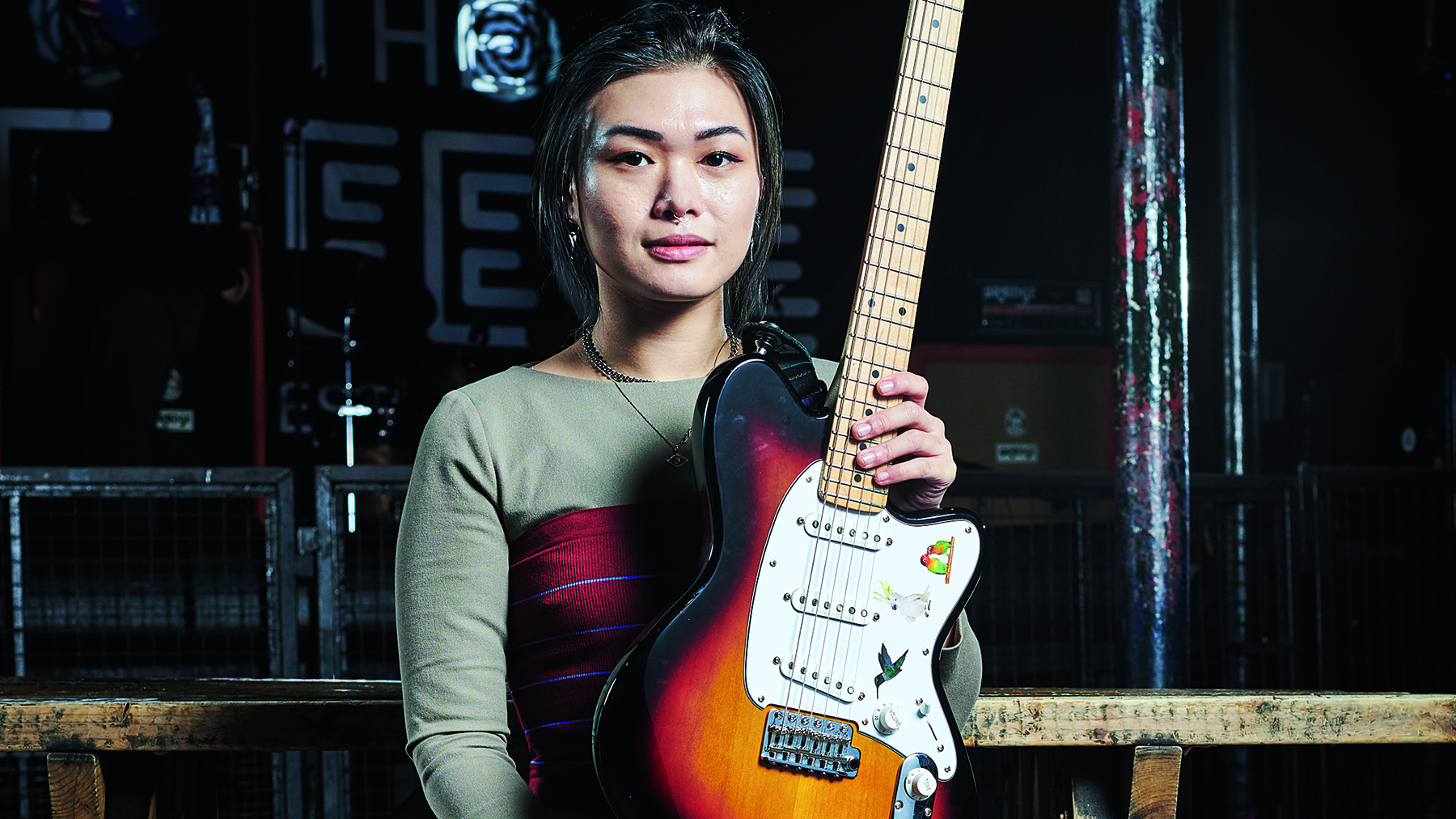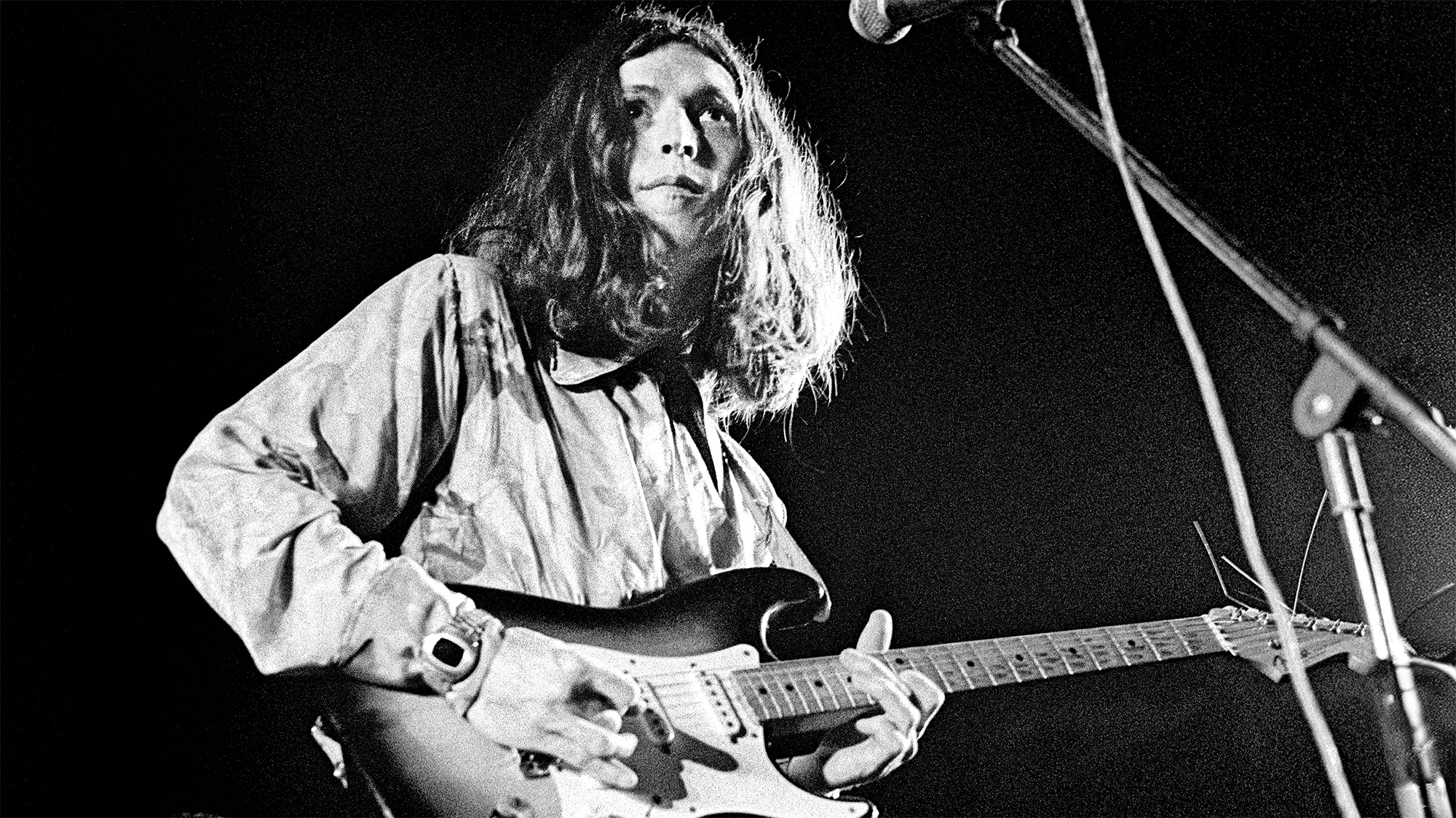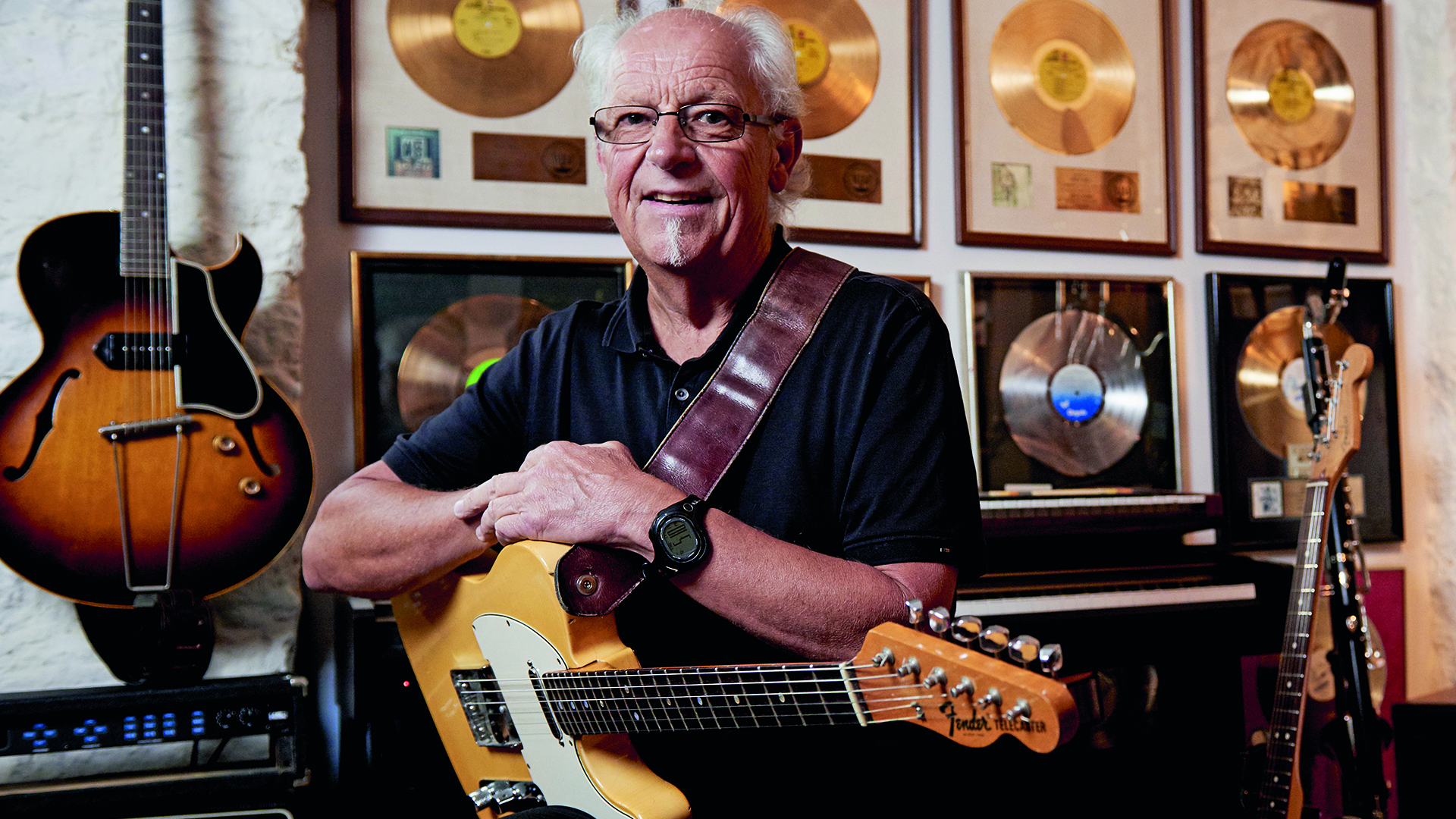Watch The Beatles’ ‘Revolver’ Mini-Documentary Clip
Released today in 1966 this experimental album was a landmark for guitar effects.
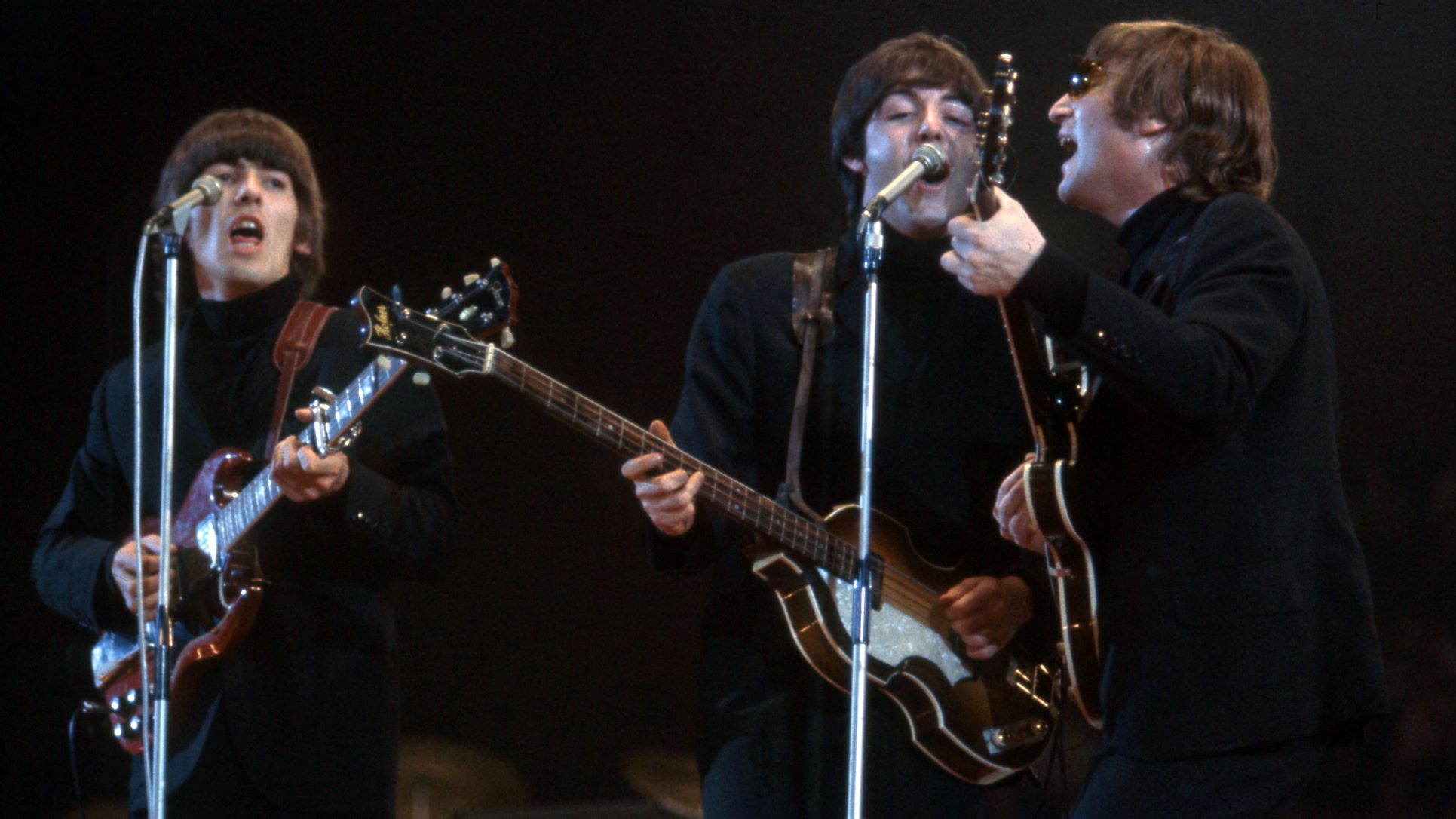
On this day in 1966, The Beatles’ seventh studio long-player, Revolver, was released. Bouncing on from the similarly immersive Rubber Soul album tracked months prior, the band entered EMI's Abbey Road Studios in April 1966 to pursue some highly experimental recording techniques.
At this point in their career, The Beatles were almost exclusively focused on studio recording as opposed to playing live. And with that in mind, they were able to experiment with effects as freely as they pleased without needing to consider how they might replicate the same sounds on stage.
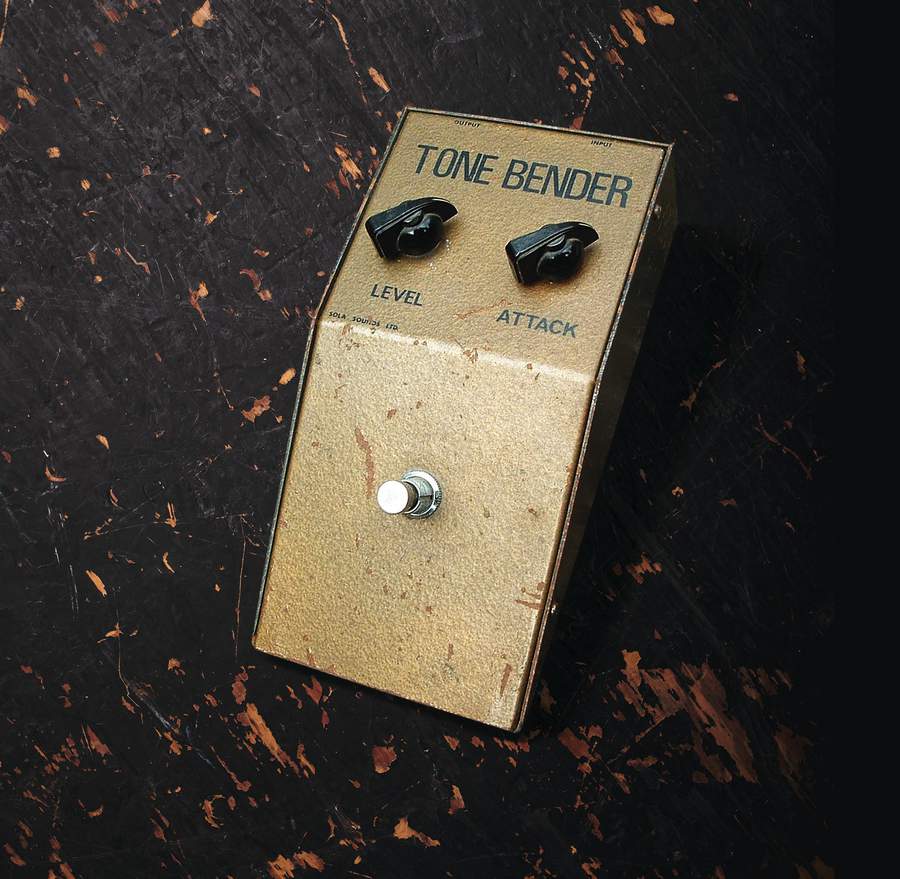
Following the development of the fuzz pedal in the early '60s, stompboxes were increasingly seen both on stage and in the studio. Paul McCartney was photographed using a Sola Sound Tone Bender paired with a blond Fender Bassman amp in 1965, and again during the Revolver sessions the following year.
John Lennon was snapped in the Revolver sessions using another legendary British fuzz – the WEM Rush Pepbox – paired with a Vox UL/Ultra Linear-series amp, a solid-state/tube hybrid guitar amp design with built-in reverb, tremolo, and distortion effects.
Listen to “Love You To” from Revolver for some tasteful electric guitar fuzz effects courtesy of George Harrison.
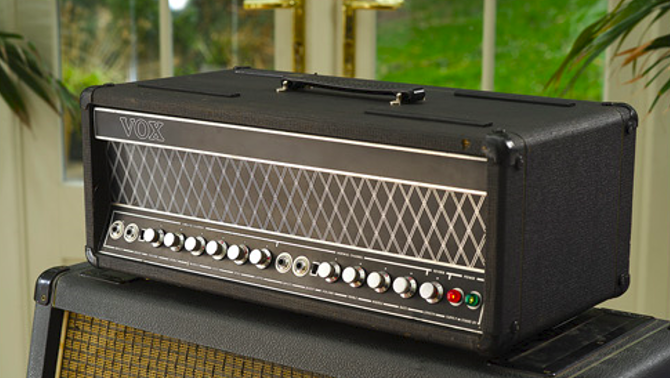
By manipulating recording tape, The Beatles were able to pursue several new sounds. Such novel techniques included using tape loops in a similar vein to how modern loopers can create sample collages, and adjusting record/playback speed in order to alter pitch.
Other groundbreaking sounds achieved through tape manipulation include the chorus-like signal doubling effect known as ADT (Automatic Double Tracking), and reverse effects (which required the bulky reel-to-reel tapes to be turned upside down).
Get The Pick Newsletter
All the latest guitar news, interviews, lessons, reviews, deals and more, direct to your inbox!
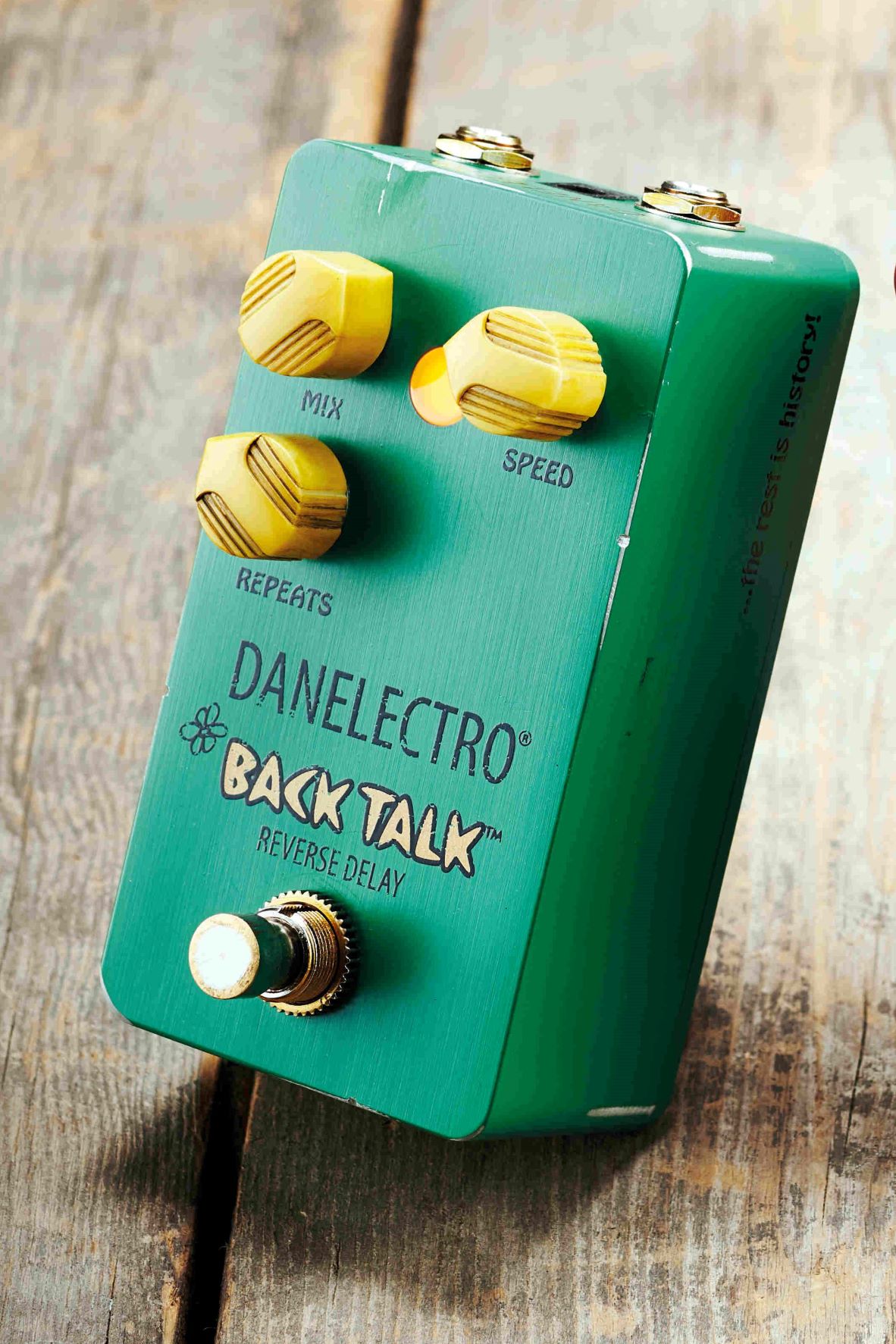
Fortunately, modern digital sampling technology allows guitarists to easily achieve reverse sounds using effects pedals such as the Boss DD-7 Digital Delay and Danelectro Back Talk.
Check out “Tomorrow Never Knows” for some choice examples of these tape-based effects.
Finally… Have you ever wondered why the album was named Revolver? Here, Paul McCartney explains the answer...
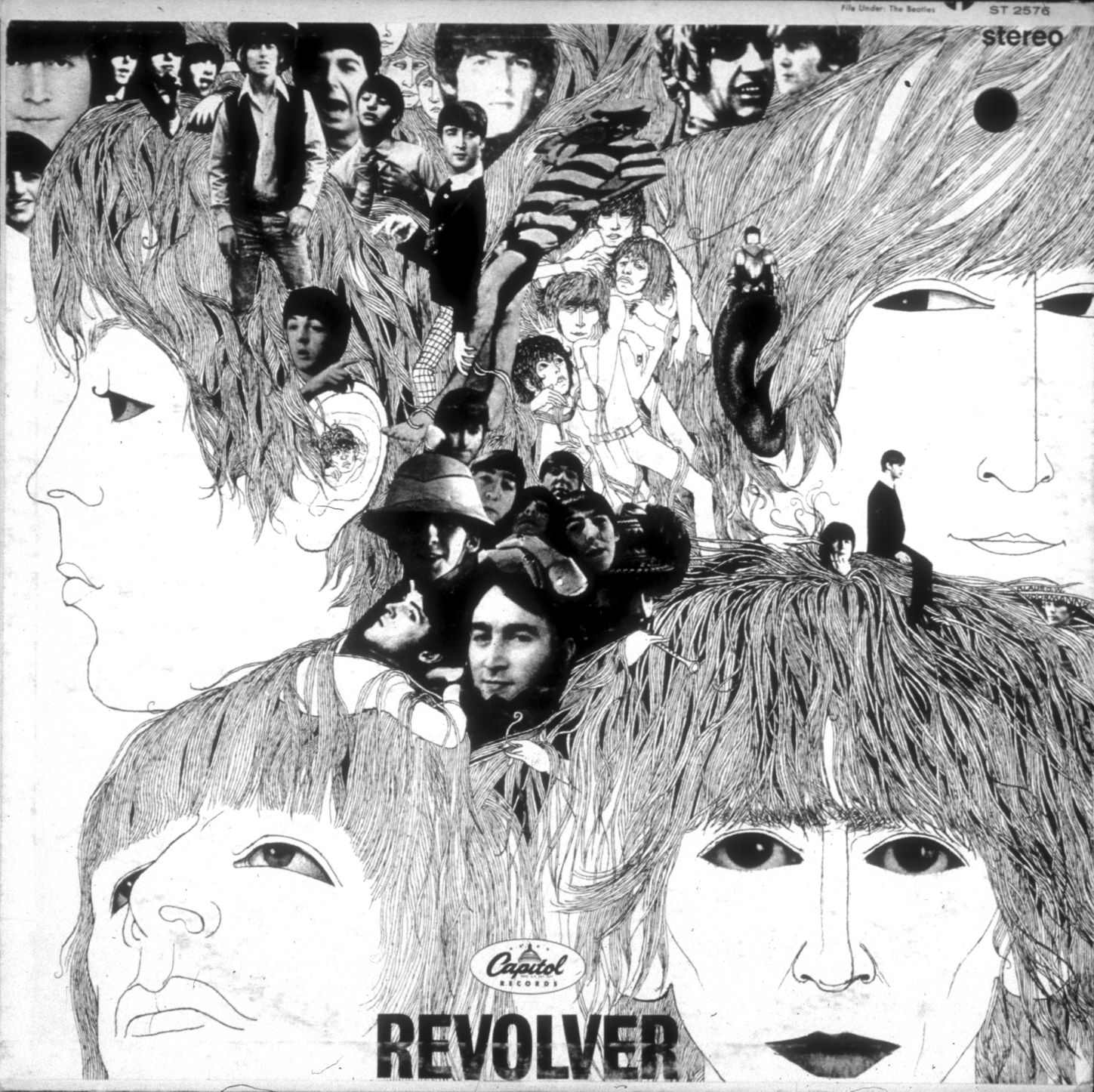
Buy The Beatles Revolver here.
Rod Brakes is a music journalist with an expertise in guitars. Having spent many years at the coalface as a guitar dealer and tech, Rod's more recent work as a writer covering artists, industry pros and gear includes contributions for leading publications and websites such as Guitarist, Total Guitar, Guitar World, Guitar Player and MusicRadar in addition to specialist music books, blogs and social media. He is also a lifelong musician.
"Get off the stage!" The time Carlos Santana picked a fight with Kiss bassist Gene Simmons and caused one of the guitar world's strangest feuds
“It’s a special kind of moment when you hit that first note of a solo and you literally get nothing.” He’s played with David Bowie and the Cure, but Reeves Gabrels says things don’t always go right, even for the pros

